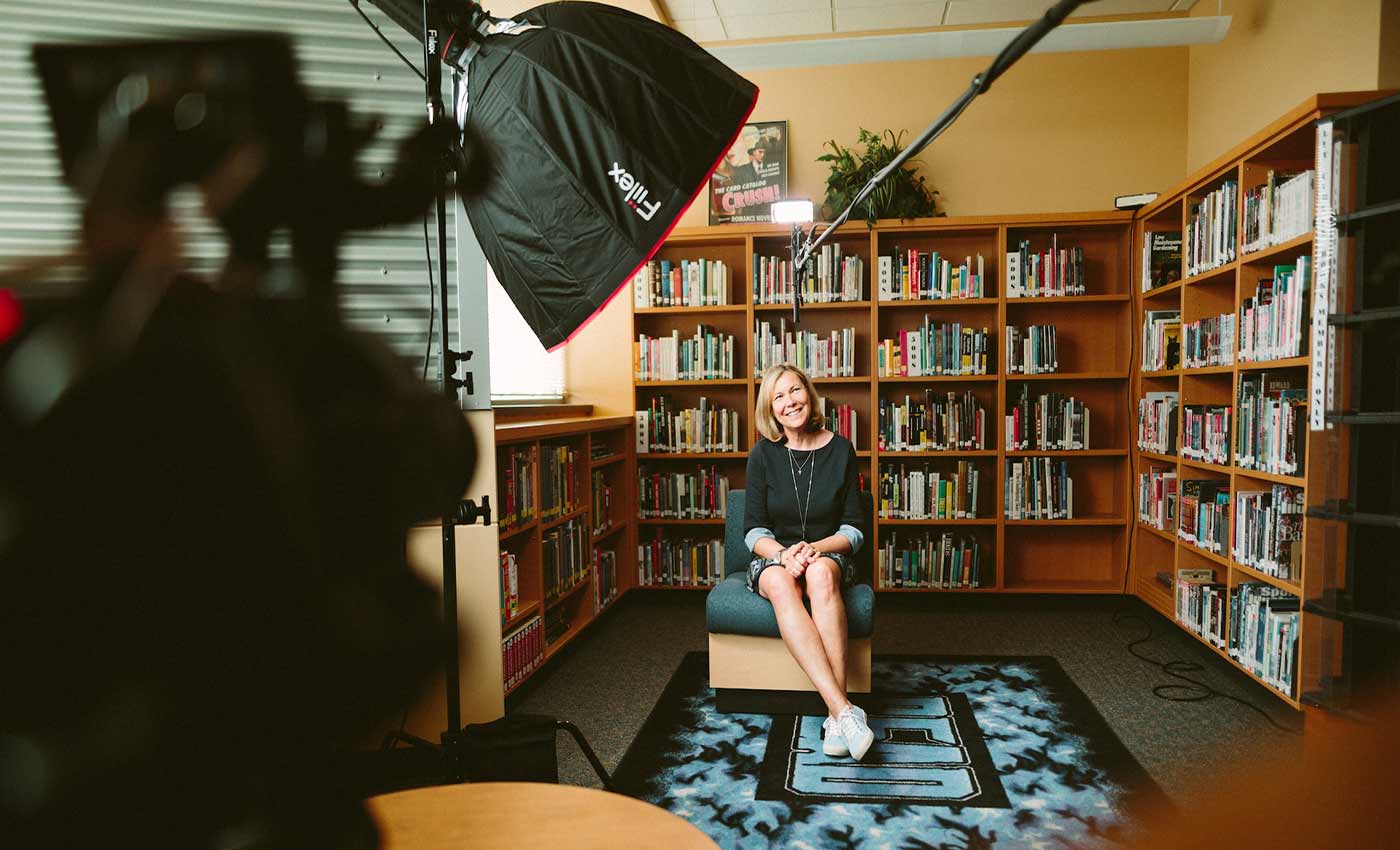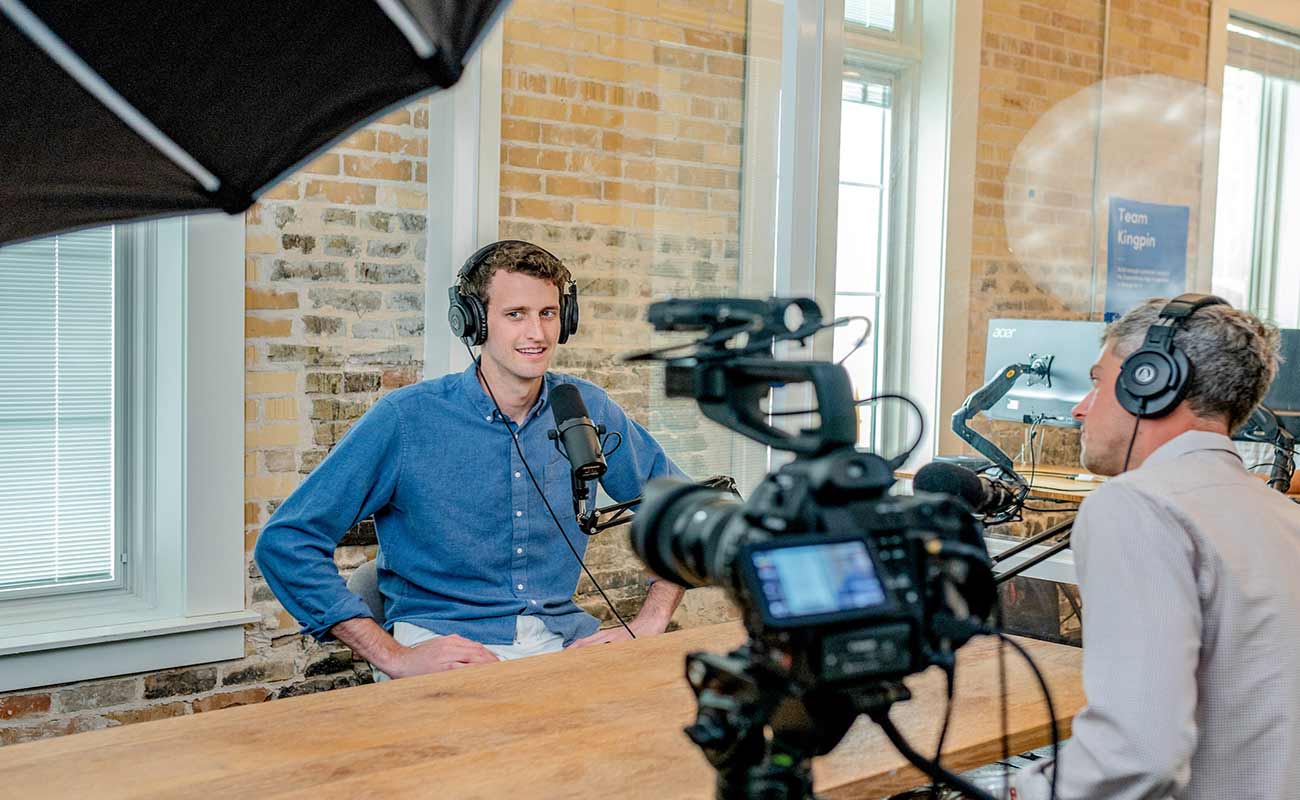If you are someone who gives press briefings, get some
media training. A media training coach will help you practice fielding questions from members of the press and become proficient in non-verbal communication.
The following are 10 of the most important non-verbal cues you need to master.
1. Eye Contact
Eye contact
demonstrates attentiveness and confidence. It’s a tool you can use to say, “I'm listening to you, and I’m not hiding anything.”
During media interviews, remember to do the following : * Maintain steady eye contact with the interviewer, but don’t forget to blink naturally.
* When addressing a group, periodically shift your gaze from one person to another until you’ve made eye contact with everyone.
* Avoid fixing your stare at someone in the audience or a particular object.
* Avoid looking away for extended periods (e.g., looking at the side, your notes, the blank space at the back of the room, etc.)
2. Facial Expressions
Your facial expressions
reinforce the words you're saying. They can convey emotions and enhance (or contradict) your verbal messages.
When you say you commiserate with someone, your facial expression must mirror the sentiment. Otherwise, you will come across as insincere, and your statement will be ineffective.
Remember these facial expression tips : * Try delivering your media briefings in front of a mirror to see what your face looks like when you speak.
* Keep your expressions genuine. It’s better to have a blank face than for you to show forced gaiety or fake solemnity.
* Practice a relaxed, neutral facial expression. Avoid grimacing or excessive smiling.
* Be aware of frowns or looks of confusion; they can imply disagreement or misunderstanding.
* Understand that even when you mean something, your face may not reflect your sincerity. This is why
practice matters a lot when it comes to facial expressions.


